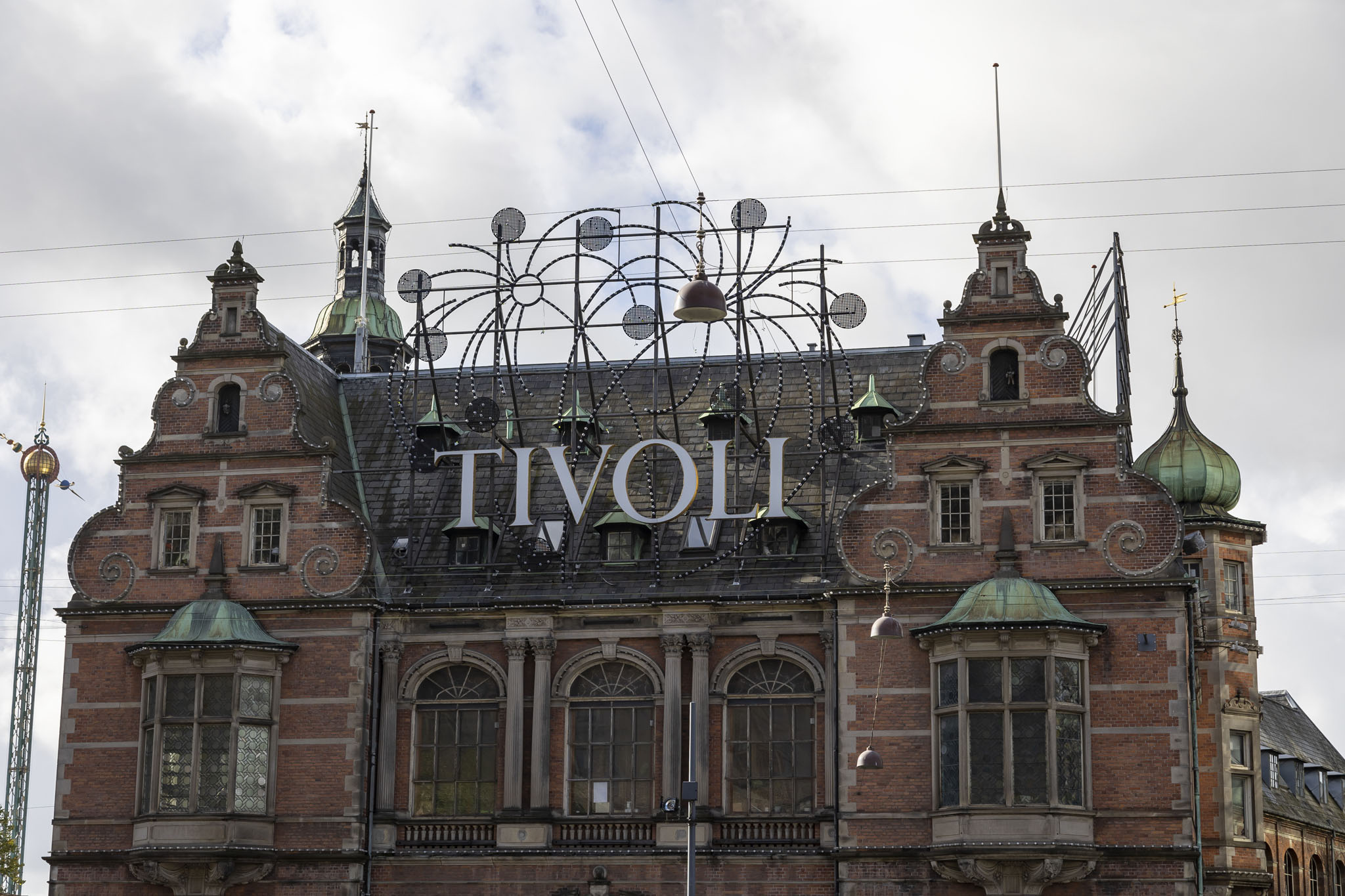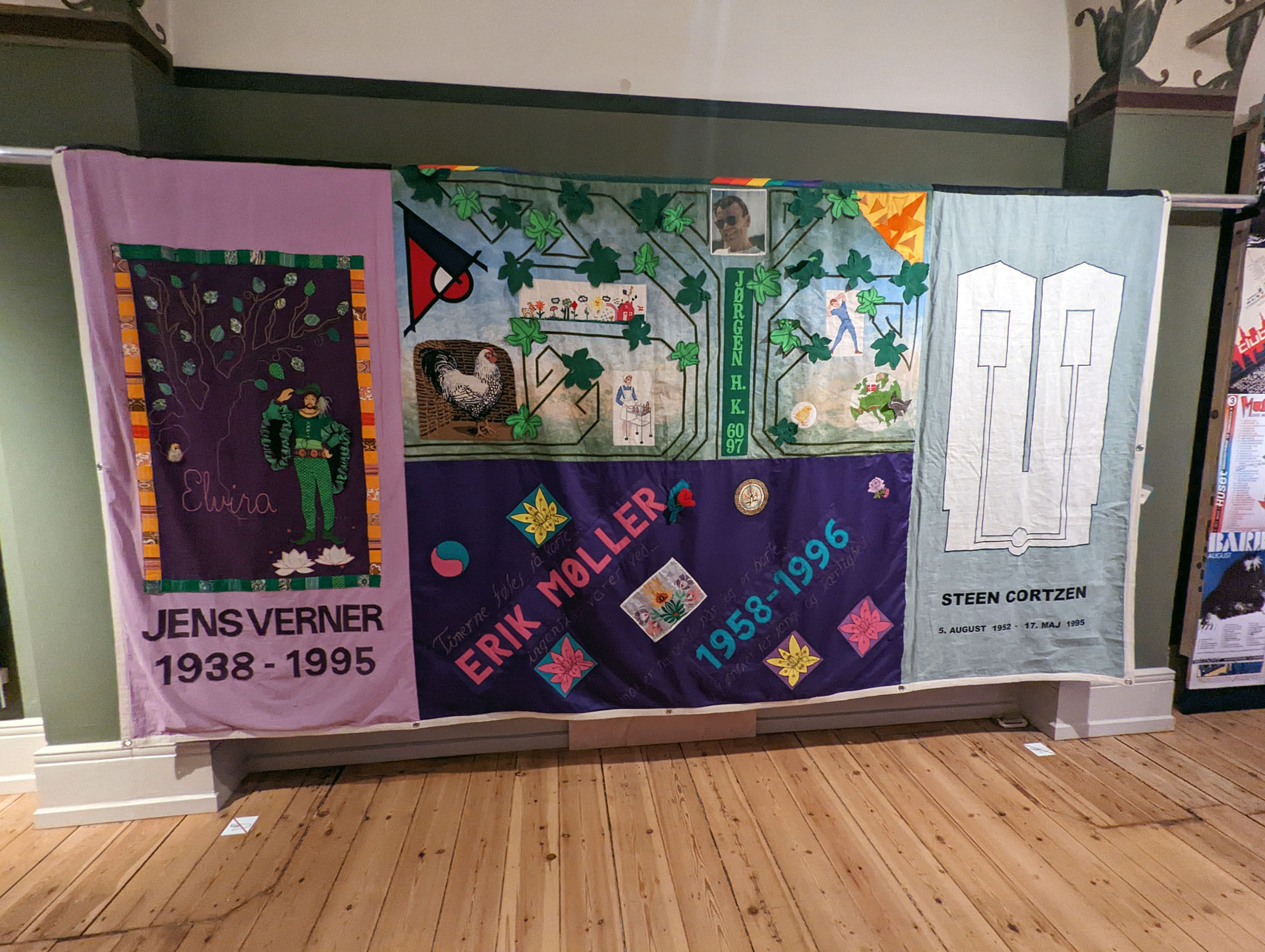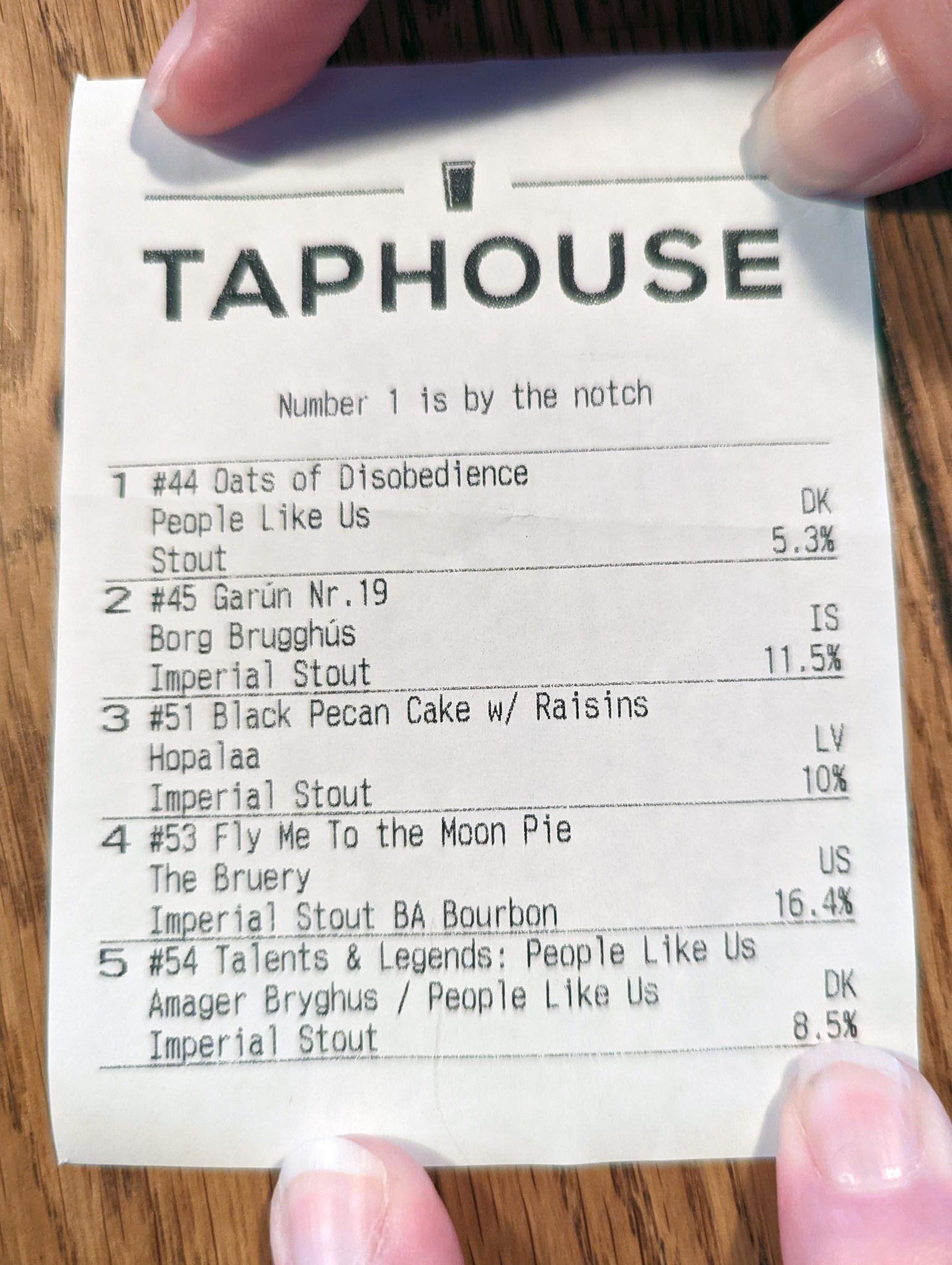We’d been to Denmark twice before ahead of our port stop for our 2022 Island Princess cruise. With one of those occurring just four months earlier, and with each stop being at the country’s capital of Copenhagen we’d now experienced organised excursions that had seen us visit castles in the Danish countryside and the typical tourist highlights of Copenhagen itself. For this visit, therefore, we decided that we’d simply do our own thing.
We had anticipated having to pay for the shuttle bus from the cruise port to the city centre. If you’ve read our experiences in Copenhagen from earlier in the year when we’d cruised to Denmark on Sky Princess then you might know that we got caught out by an odd shuttle bus arrangement that meant we were not allowed to use it one way because we’d taken a tour so ended up walking a considerable distance to get back to the ship at its conclusion (see: Copenhagen Walking Tour, Part Three: Street Art Between Skaal And The Cruise Terminal). This time we decided we’d pay for the tickets both way. Only this time the shuttle bus was free. No idea why it was different a few months apart on cruises operated by the same company. Still, at least it’s nice to know that there’s no consistent answer for whether or not you can get a complimentary ride to Copenhagen from a cruise ship or not, so that’s something.
In 2022 I can state that the location where the shuttle buses dropped cruise passengers off was right beside St Peter’s Church, but there’s no guarantee that this fact of the time holds true now.
St Peter’s is not just the oldest church but the oldest building in the main area of Copenhagen. Old buildings in nations with their fair share of warlike people or warlike neighbours or clumsy oafs have a tendency to burn down and it’s no surprise that the original church has done just that and been rebuilt more than once, but the history of the church goes as far back as the eleventh century. Most of the architecture that the church currently displays, though, can be traced back to the fifteenth century.
Across the road from where we were dropped off was another church: the Church of Our Lady. The present building dates from the middle of the nineteenth century as its predecessor was destroyed in the Second Battle of Copenhagen by British forces. The previous medieval design was given a neoclassical makeover complete with six-columned portico but lacked a tower originally (because towers didn’t fit the architectural style) until locals demanded one be added. A simplistic square form tower is the result. To the left and right of the main entrance to the church were statues of David By Jens Adolf Jerichau and Moses by Herman Wilhelm Bissen.
About a minute’s walk brought us to Gammeltorv, the oldest public square in Copenhagen, which housed the Caritas Fountain (or Caritas Well), the oldest fountain. That’s a lot of oldest things all in very close proximity. The fountain was built in 1608. On the monarch’s birthday (that’s changed since we visited) and a few other occasions each year copper balls covered in gold to symbolise apples are placed in the water of the fountain to jump under the streams; a tradition dating back to the eighteenth century. It was before television was invented and people were starved of entertainment. Don’t judge.
We headed through the streets of Copenhagen towards the City Hall Square.
We spent a few minutes admiring the architecture of the area around the City Hall and some of its odd sculptures, but didn’t go in the building itself. It apparently houses an impressive World Clock that with the benefit of hindsight might have been nice to look at, but we didn’t actually know that at the time. The main building is very early twentieth century, taking over the functions of a smaller building elsewhere in the city that been used prior to that.
If you like red brick buildings with tall towers then this is the square to come and see them, although it’s interesting to note the somewhat subtle differences in the architectural styles employed. The nearby Scandic Palace Hotel, for instance, built only a few years after the City Hall, has a few more curved surfaces and ornate ironwork than its neighbour, borrowing from the Art Nouveau movement.
We liked the bizarre bronze statues in the square that were apparently supposed to be dragons. Often when you see a painting or sculpture of an animal that looks nothing like it you can say with some authority “Ah, clearly made by someone who’s never seen one before” but when it comes to dragons you’ve got to give the artist a bit of leeway. Anyway, dragons with snouts that can blow water and extinguish the flames of dragons that breathe fire makes a sort of sense if you think about it.
Our short walk in Copenhagen took us along a little bit of Hans Christian Andersen’s Boulevard where, in addition to seeing one of the two statues of the author in the city (the other one is in the King’s Garden and we’d seen that earlier in the year on our walking tour of Copenhagen) we got good views of the entrance to Tivoli. Despite this being our third visit to Copenhagen we’ve still not visited its famous amusement park and gardens, mostly because we don’t think that the short trips to Denmark’s capital city so far would have done justice to the amount of time we’d like to spend inside this place. It’s in the back of our minds to take a city break to Copenhagen one weekend and perhaps give this location a proper look around then, but for now we simply walked on past. Also, it was closed at the time.
A very short walk from here brought us to a location around which there were three museums close to one another: a fine art museum, the national museum of Denmark, and the one we chose to visit on this occasion, the smallest of the three, the Museum of Copenhagen. This was a museum dedicated to the city with a look at its history and geography as you’d expect, but also hitting everyday life elements such as manhole covers or, my favourite, equipment and pictures by the street photographers who used to take and process photos of tourists on film with chemicals within their all-in-one camera and lab equipment. This was truly engrossing for me, although I suspect it’s niche enough that it won’t appeal to everyone. But we like different. Different is good.
We had an enjoyable time at the museum but had now reached the point for us to do the only thing we’d actually planned on doing during our free time in Copenhagen. This took us back to the City Hall Square, heading down a street just before we reached the Lur Blowers statue, a gift to the city from the Carlsberg Foundation.
The place we wanted to spend some time in was the Taphouse and if you know us and our love of craft ales, and if you know that Taphouse has 61 beer taps behind the bar then you’ll understand why we wanted to pay a visit to this place. Friendly staff and a great range of beers – but also spirits, wine, soft drinks, snacks, and free Wi-Fi if you’re looking for a good place to watch the world go by in Copenhagen – but the thing we liked most was the lights flashing red whenever a new ale was on tap. What can I say? We’re simple people who like simple things.
Taphouse catered for a lot of beer tastes, but we are fond of dark ales so we gave their flights a try, and if you’re interested in seeing the range of alcohol percentages and countries of origin then we’ve been awfully nice and shared print-outs of those too.
We spent a lovely couple of hours sipping drinks but then started on the walk back to where the shuttle bus would be. We don’t like to leave it until the last shuttle bus or tender boat when we’re ashore just in case there are queues, and it would have been all too easy to grab some more drinks and lose track of the time altogether.
On the walk we spotted a couple either posing for photos after marrying or posing for photos for a wedding or bridal photographer. We’ve seen quite a few wedding shoots over the years when we’ve travelled to places.
The last thing I paused to take photos of in Copenhagen was the Reformation Memorial, an obelisk commemorating four hundred years of the switch from Catholicism to the Lutheran faith, unveiled in 1943. On each face of its base were bronze reliefs depicting events of 1536 and 1537 when King Christian III confirmed the Reformation of Denmark.
A hundred metres further along the road was the shuttle bus waiting to take us back to the ship.
In the next post in this cruise travelogue series I’ll be posting photos of Sweden from Island Princess as we left Denmark and cruised between both countries on the way to the next port of Oslo, Norway.























































